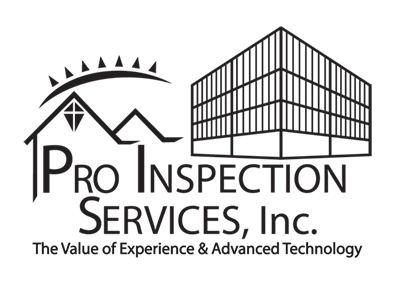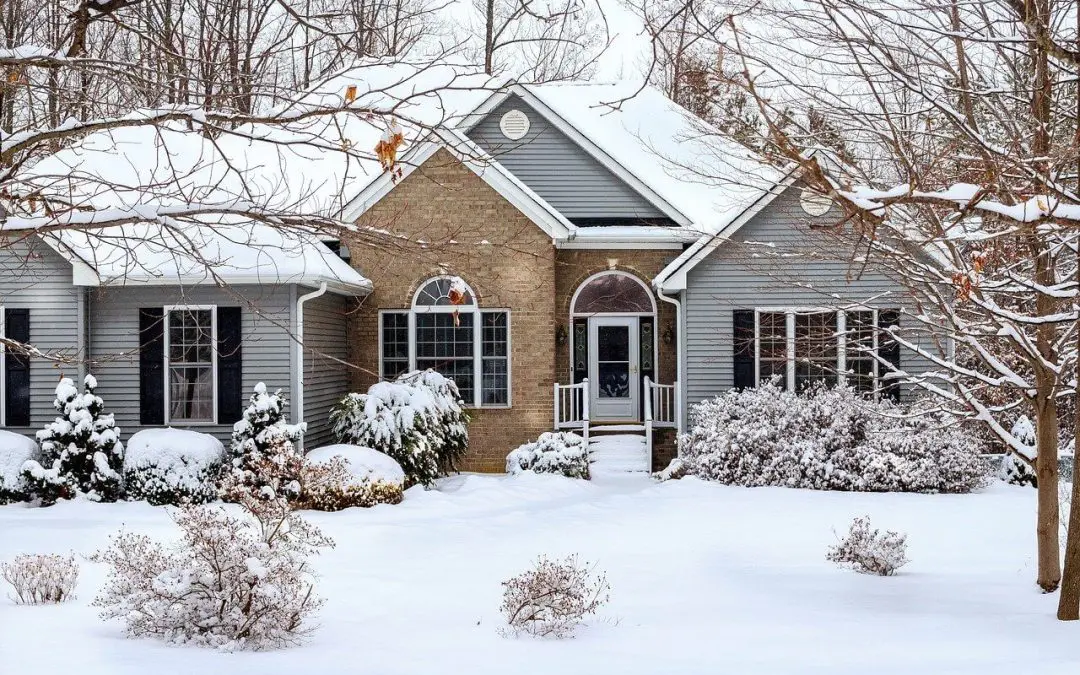Winter offers the joy of holiday gatherings, cozy moments by the fireplace, and a variety of seasonal activities. Prioritize safety at home during this season to prevent accidents and protect your family and property. This article offers tips to improve winter safety at home.
Boost Safety at Home This Winter
1. Heating and Winter Safety
- Furnace Inspection – Before the winter season kicks in, schedule a professional inspection of the furnace to verify it is working efficiently and that there are no hazards.
- Space Heaters – If you use space heaters, keep them at least five feet away from flammable materials such as curtains, furniture, and bedding. Always turn the appliance off before leaving the room or going to bed.
- Fireplace Safety – Regularly clean the chimney to remove creosote buildup, which can lead to chimney fires. Use a fireplace screen to prevent sparks from escaping and landing on flammable materials.
2. Preventing Frozen Pipes
- Insulate the Water Lines – Insulate exposed pipes to prevent them from freezing, especially in areas of the house that are not heated, such as the attic and basement.
- Allow Faucets to Drip – On extremely cold nights, allow faucets to drip slightly. Moving water is less likely to freeze, reducing the risk of burst pipes.
- Open Cabinets – When temperatures drop, open cabinet doors beneath the sinks to allow warm air to circulate around pipes, preventing them from freezing.
3. Winterizing Your Home for Winter Safety
- Seal Drafts – Seal gaps to block drafts around windows and doors with weatherstripping or caulk to maintain a comfortable indoor temperature and save energy.
- Insulating Attic – Properly insulate the attic to prevent heat loss. Insulation reduces heating costs and makes your home more energy-efficient.
- Clearing the Gutters – Remove leaves and debris from gutters to ensure proper drainage, preventing ice dams from forming, which can lead to water damage.
4. Snow and Ice Removal
- Create Safe Walkways – To prevent slips and falls, keep walkways and driveways clear of snow and ice. Use salt or sand to provide traction on icy surfaces.
- Roof Safety – Remove excess snow from your roof using a roof rake to prevent the accumulation of heavy loads that can lead to structural damage.
- Outdoor Equipment – Exercise caution when using snow blowers or outdoor equipment. Follow safety guidelines, and be mindful of power lines and other hazards.
5. Emergency Preparedness in Winter
- Create an Emergency Kit – Prepare an emergency kit that includes flashlights, batteries, blankets, non-perishable food, water, and necessary medications. Be ready for power outages or unexpected disruptions.
- Communication Plan – Establish a communication plan with family members in case of severe weather conditions. Make everyone aware of emergency contacts and a designated meeting point.
- Install Carbon Monoxide Detectors – Install and regularly test carbon monoxide detectors in your home. During winter, the risk of carbon monoxide leaks increases when heating systems are in use.
Winter safety at home is an effort that involves proactive measures, regular maintenance, and preparedness for unexpected situations. Following the tips outlined in this guide creates a secure and comfortable environment for your family during the winter season.
Pro Home Inspection Services provides professional inspection services for homebuyers and sellers in eastern South Carolina. Contact us to schedule an appointment.

